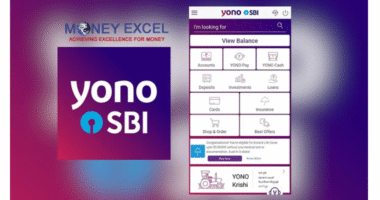In recent years, the demand for affordable and reliable broadband services has seen a significant increase in India. With more people working remotely, attending online classes, and streaming content, having access to high-speed internet has become a necessity rather than a luxury. As a result, telecommunication companies in India have been striving to offer cost-effective broadband plans to cater to the needs of the vast population.
As we look into the landscape of broadband services in India for the year 2025, it is evident that there has been a proliferation of options for consumers looking for budget-friendly plans. One of the key players in this space is Reliance Jio, which has disrupted the market with its affordable plans and high-speed connectivity. Jio Fiber, the broadband arm of Reliance Jio, has been instrumental in democratizing access to high-quality internet services at competitive prices.
Another major player in the market is Airtel, which has also been focusing on offering economical broadband plans to its customers. Airtel’s Xstream Fiber plans have gained popularity due to their attractive pricing and wide coverage across the country. With options ranging from basic plans for light users to high-speed plans for heavy users, Airtel has been successful in catering to the diverse needs of its customer base.
BSNL, the state-owned telecommunication company, has also been making strides in the affordable broadband segment. Known for its extensive network infrastructure and wide reach, BSNL has been offering budget-friendly plans that appeal to both urban and rural consumers. By leveraging its existing infrastructure and focusing on improving the quality of its services, BSNL has been able to retain its position as a prominent player in the broadband market.
Apart from these established players, several new entrants have also been disrupting the broadband market in India. Startups like ACT Fibernet and Excitel have been gaining traction with their low-cost plans and customer-centric approach. By focusing on providing reliable connectivity at affordable prices, these players have been able to carve a niche for themselves in the competitive landscape of the Indian broadband market.
The shift towards cheaper broadband plans in India can be attributed to several factors. The increasing competition among telecommunication companies has led to a price war, with companies vying to attract customers with lucrative offers and discounts. Additionally, advancements in technology have made it more cost-effective for companies to provide high-speed internet services, enabling them to offer competitive prices to consumers.
For consumers, the availability of affordable broadband plans means greater accessibility to online resources, improved connectivity for work and entertainment, and enhanced communication capabilities. With the digital landscape evolving rapidly, having access to reliable and affordable broadband services has become essential for individuals and businesses alike.
Looking ahead to the future of broadband services in India, it is expected that the trend of cheap and accessible plans will continue to dominate the market. Companies will likely focus on expanding their network infrastructure, improving service quality, and offering innovative solutions to meet the evolving needs of consumers. As technology continues to advance and connectivity becomes more pervasive, affordable broadband plans will play a crucial role in shaping the digital landscape of India.





